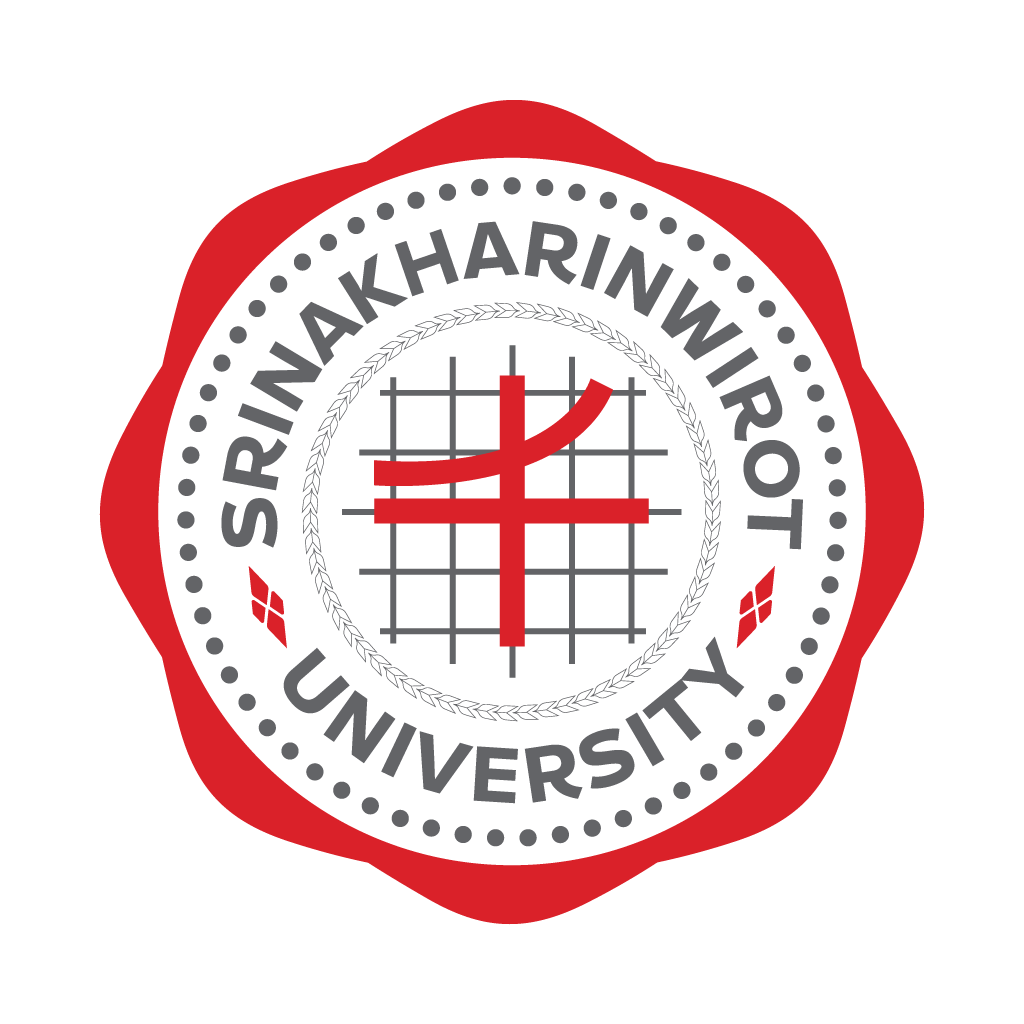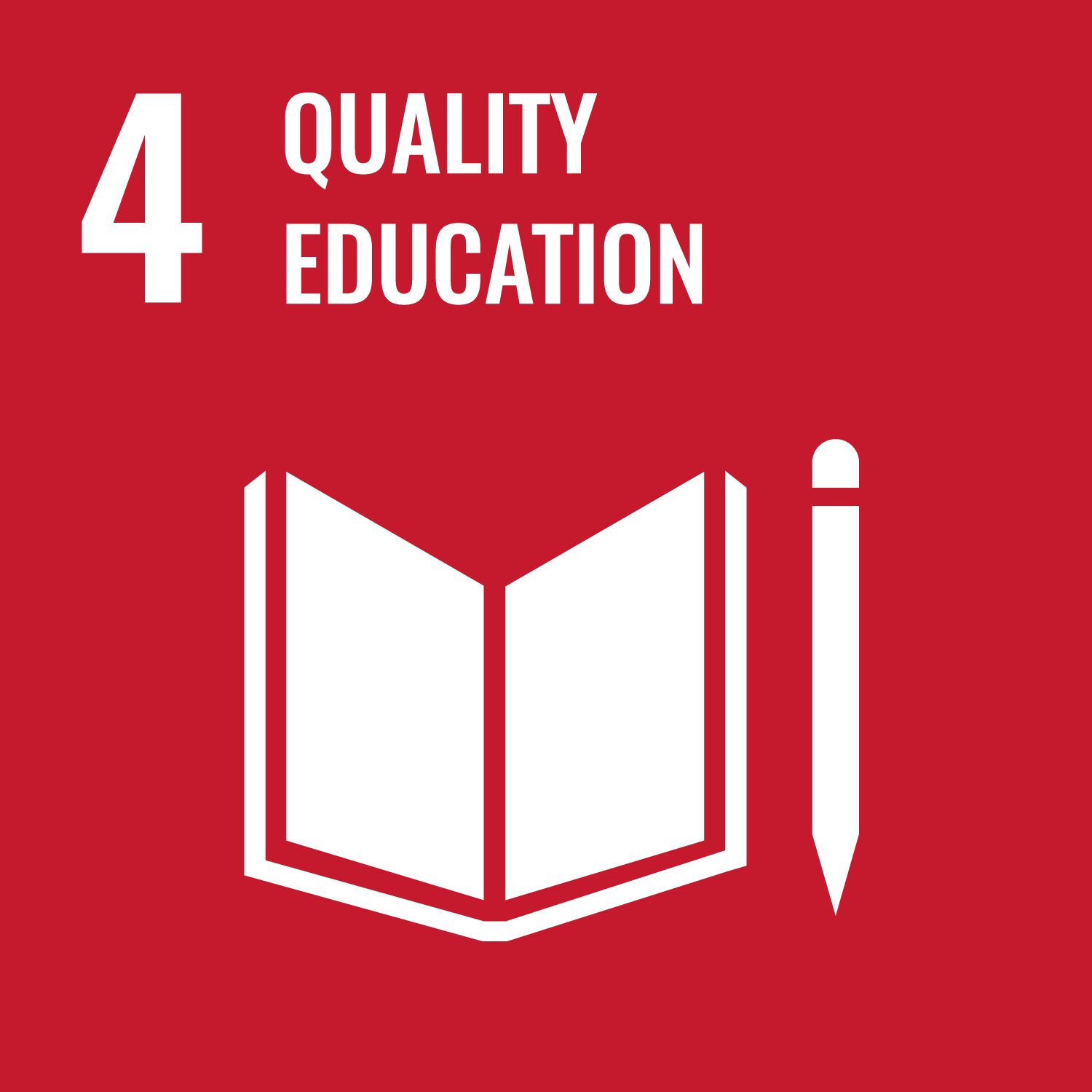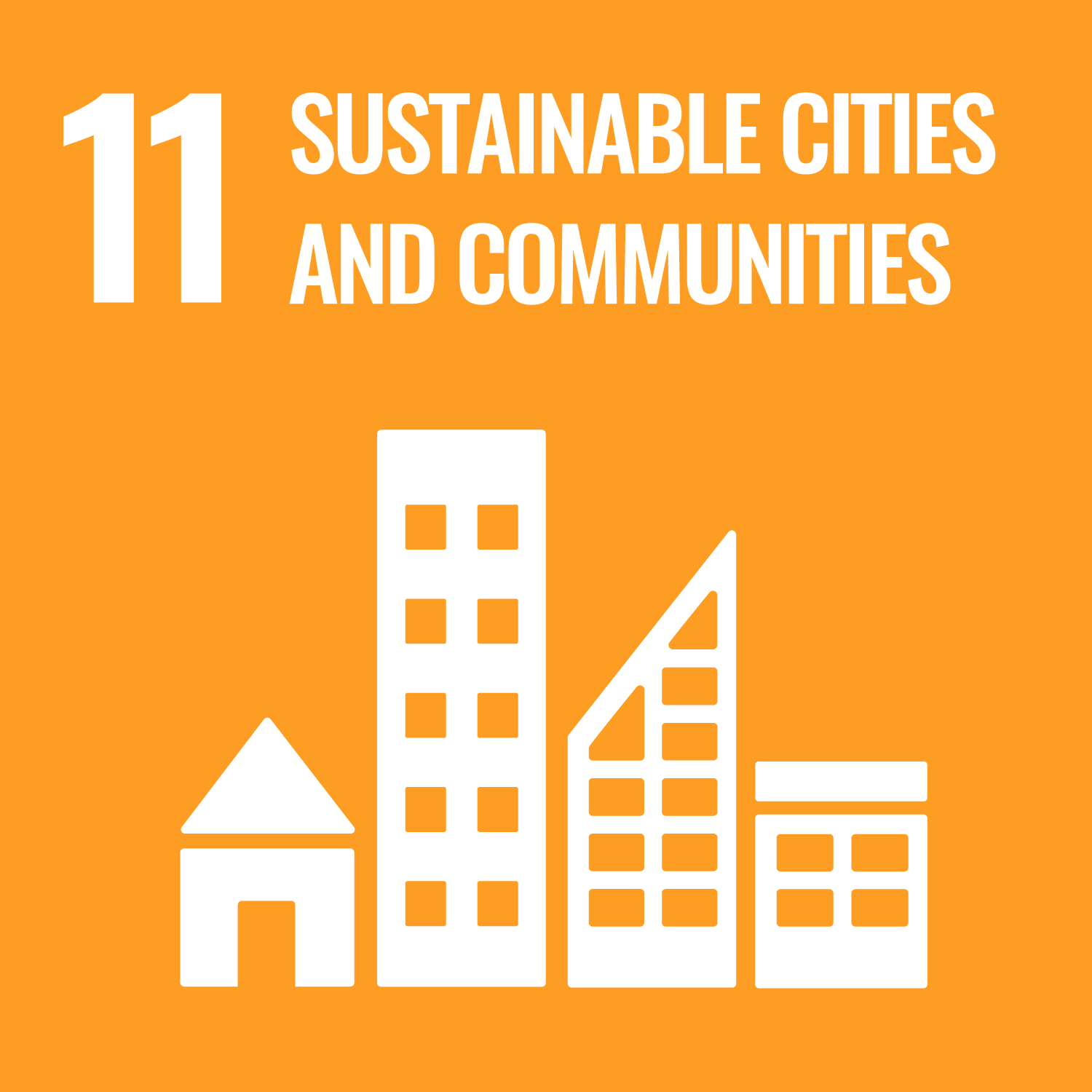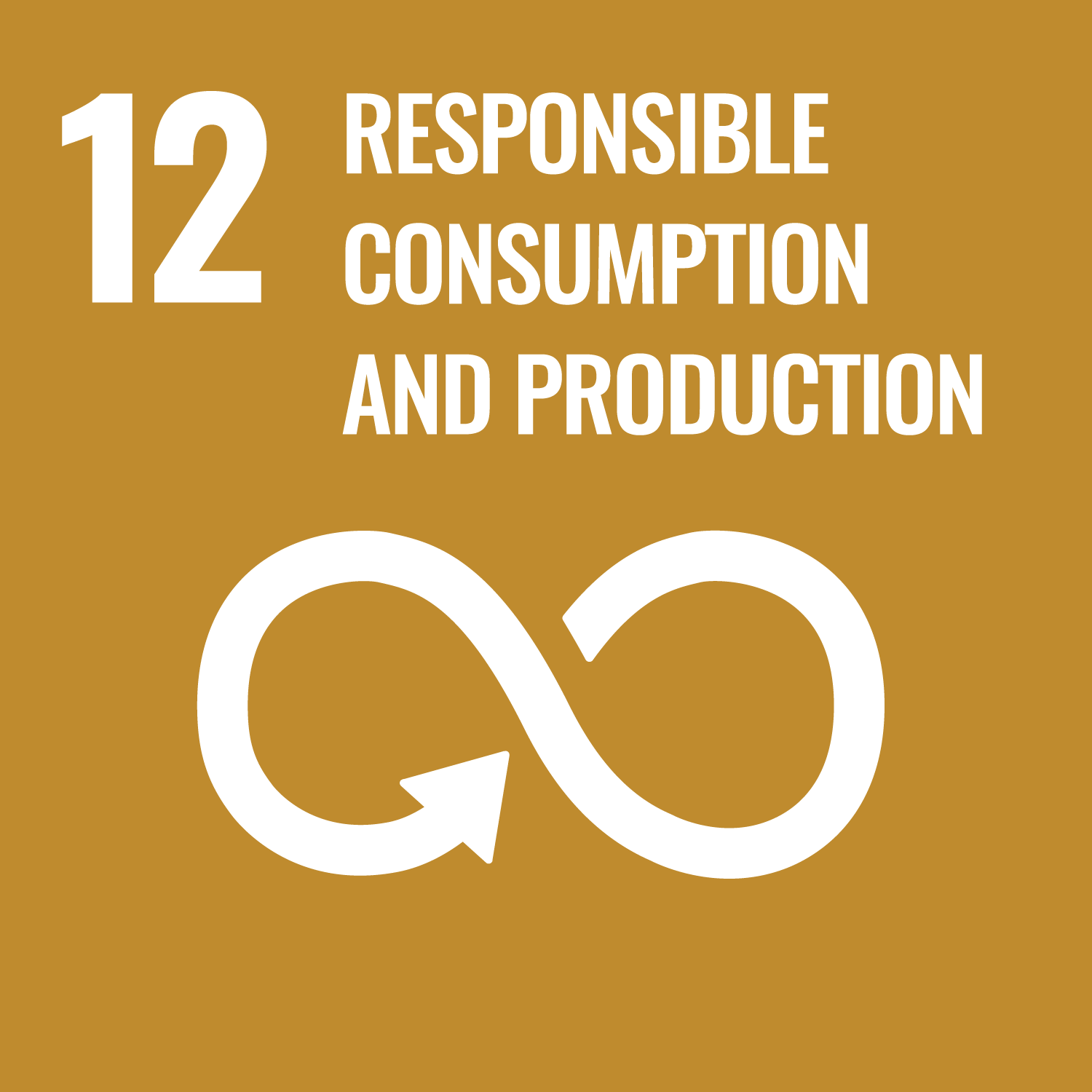





| Target | Indicator | Result |
|---|---|---|

SDG 4
QUALITY EDUCATION
|
||
| 4.1 By 2030, ensure that all girls and boys complete free, equitable and quality primary and secondary education leading to relevant and effective learning outcomes | 4.1.1 Proportion of children and young people (a) in grades 2/3; (b) at the end of primary; and (c) at the end of lower secondary achieving at least a minimum proficiency level in (i) reading and (ii) mathematics, by sex | The project supports foundational education by fostering creative thinking, problem-solving, and practical skills among youth and community participants. While it does not directly teach reading or mathematics, the structured workshops, design exercises, and project planning activities enhance cognitive abilities, analytical thinking, and comprehension, which contribute indirectly to the development of essential academic proficiencies in young learners. |
| 4.4 By 2030, substantially increase the number of youth and adults who have relevant skills, including technical and vocational skills, for employment, decent jobs and entrepreneurship | 4.4.1 Proportion of youth and adults with information and communications technology (ICT) skills, by type of skill | Through the design and product development activities, participants gain hands-on experience using digital tools for research, design, and presentation. This exposure to technology—such as computer-aided design software, digital documentation, and online collaboration—enhances ICT skills among youth and adults, equipping them with relevant technical competencies for creative and professional contexts. |
| 4.7 By 2030, ensure that all learners acquire the knowledge and skills needed to promote sustainable development, including, among others, through education for sustainable development and sustainable lifestyles, human rights, gender equality, promotion of a culture of peace and non-violence, global citizenship and appreciation of cultural diversity and of culture's contribution to sustainable development | 4.7.1 Extent to which (i) global citizenship education and (ii) education for sustainable development, including gender equality and human rights, are mainstreamed at all levels in (a) national education policies; (b) curricula; (c) teacher education; and (d) student assessment | The project integrates principles of sustainable development, environmental stewardship, and responsible consumption into its curriculum and activities. By emphasizing the use of recycled materials and promoting awareness of sustainability, the project instills values aligned with global citizenship education and education for sustainable development. Participants learn to consider social, environmental, and ethical impacts, reflecting gender equality and human rights perspectives in creative practices. |
| 4.a Build and upgrade education facilities that are child, disability and gender sensitive and provide safe, non-violent, inclusive and effective learning environments for all | 4.a.1 Proportion of schools with access to (a) electricity; (b) the Internet for pedagogical purposes; (c) computers for pedagogical purposes; (d) adapted infrastructure and materials for students with disabilities; (e) basic drinking water; (f) single-sex basic sanitation facilities; and (g) basic handwashing facilities (as per the WASH indicator definitions) | The project ensures access to essential infrastructure for learning and practice by providing appropriate spaces equipped with electricity, computers, and Internet access for design and research purposes. These resources support inclusive participation, including adaptations for individuals with disabilities, and create a safe, well-equipped environment where participants can engage in hands-on learning, experimentation, and collaborative activities aligned with sustainable development education. |

SDG 11
SUSTAINABLE CITIES AND COMMUNITIES
|
||
| 11.4 Strengthen efforts to protect and safeguard the world's cultural and natural heritage | 11.4.1 Total expenditure (public and private) per capita spent on the preservation, protection and conservation of all cultural and natural heritage, by type of heritage (cultural, natural, mixed and World Heritage Centre designation), level of government (national, regional and local/municipal), type of expenditure (operating expenditure/investment) and type of private funding (donations in kind, private non-profit sector and sponsorship) | The project contributes to the preservation and promotion of cultural heritage by teaching participants to create products from recycled materials while integrating traditional design concepts and local craftsmanship. This approach not only preserves artistic and cultural knowledge but also raises awareness of cultural heritage among youth and the community. By involving public institutions, educational organizations, and local communities, the project leverages both public and private resources to support heritage-related activities, aligning with national and local efforts to invest in the protection and conservation of cultural assets. |
| 11.b By 2020, substantially increase the number of cities and human settlements adopting and implementing integrated policies and plans towards inclusion, resource efficiency, mitigation and adaptation to climate change, resilience to disasters, and develop and implement, in line with the Sendai Framework for Disaster Risk Reduction 2015'2030, holistic disaster risk management at all levels | 11.b.2 Proportion of local governments that adopt and implement local disaster risk reduction strategies in line with national disaster risk reduction strategies | While the project’s primary focus is on creative product design and cultural education, it indirectly supports local resilience by fostering community engagement, awareness, and collaboration. By encouraging sustainable practices such as recycling and resource management, participants develop skills and habits that can reduce vulnerability to environmental hazards. Moreover, the project strengthens local networks between schools, communities, and municipal authorities, creating a foundation for integrating local disaster risk reduction strategies consistent with national guidelines. |

SDG 12
RESPONSIBLE CONSUMPTION & PRODUCTION
|
||
| 12.5 By 2030, substantially reduce waste generation through prevention, reduction, recycling and reuse | 12.5.1 National recycling rate, tons of material recycled | The project directly supports SDG 12.5.1 by promoting the creative reuse of waste materials in product design, thereby reducing the amount of waste sent to landfills. Through workshops, exhibitions, and community engagement, participants learn practical techniques for recycling and upcycling, which contributes to increasing the national recycling rate. Additionally, the project raises awareness of sustainable consumption and production practices, encouraging both youth and adults to adopt environmentally responsible behaviors that align with the goal of minimizing waste generation and improving material recovery at the national level. |
The Academic Service to Society Project (Saensaeb Model): Creative Product Design from Waste Materials aims to foster creativity and innovation by transforming waste into valuable products, while simultaneously raising community awareness of waste reduction and sustainable resource use. Through activities such as design seminars, hands-on skill development, and exhibitions, the project provides practical learning opportunities integrated with academic courses like Fundamentals of Product Design, Craft Techniques, and Design Trends. This initiative aligns with SDG 4 (Quality Education) by enhancing professional and creative skills for students, educators, and community members, promoting lifelong learning, and creating inclusive learning environments. It also supports SDG 11 (Sustainable Cities and Communities) by promoting sustainable consumption, encouraging local cultural creativity, and integrating waste-based design into community development strategies. Additionally, the project advances SDG 12 (Responsible Consumption and Production) by reducing waste through creative reuse, encouraging sustainable production practices, and demonstrating efficient use of resources. By bridging education, research, and social service, the project strengthens collaboration between universities, communities, government, and industry, offering environmental, cultural, and socio-economic benefits.
The Academic Service to Society Project: Creative Product Design from Waste Materials has had a significant impact on communities, universities, and the nation by promoting environmental awareness, sustainable practices, and creative skills. At the community level, participants gain an understanding of waste issues and learn to repurpose materials, fostering environmental responsibility while developing skills to create products that can generate income and improve quality of life. The project also encourages collaboration between local communities, educational institutions, and government agencies, establishing networks for sustainable development. For universities, it provides students with hands-on experience in product design, community engagement, and practical problem-solving, enhancing the institution’s role in social responsibility and academic service. Moreover, it serves as a platform for research and innovation in sustainable design, potentially informing new curricula and teaching methods that address societal challenges. At the national level, the initiative contributes to a circular economy by reducing waste, conserving energy, and minimizing pollution, while developing a skilled workforce in sustainable design that can support the growing creative industries. These outcomes align with SDG 4 (Quality Education) by enhancing knowledge and technical skills, SDG 11 (Sustainable Cities and Communities) by promoting sustainable community practices, and SDG 12 (Responsible Consumption and Production) by fostering efficient use of resources and sustainable production methods, collectively advancing social, economic, and environmental sustainability.
 (2).png)






